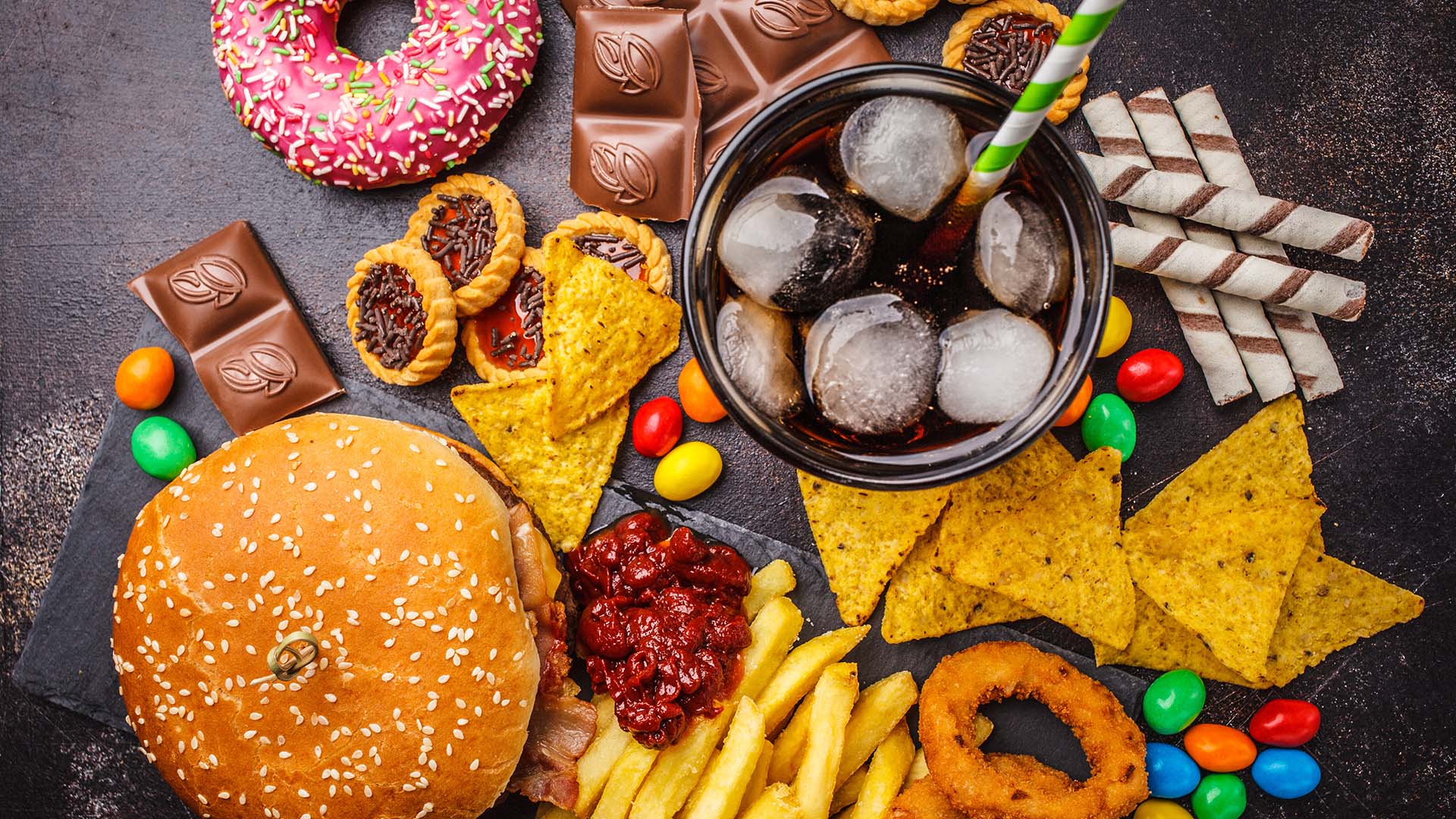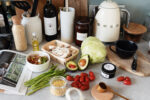Introduction to the French Cuisine
French cuisine is often celebrated as one of the most intricate and flavorful culinary traditions in the world. From buttery croissants to rich coq au vin, its elegance captures hearts and palates alike. However, a shift is taking place within French households that raises important questions about identity and heritage. Processed foods are making their way onto tables once filled with artisanal delights.
The rise of convenience-driven meals challenges the very fabric of traditional cooking while reflecting broader global trends in food consumption. As fast food permeates everyday life, it brings both allure and concern. What does this mean for the future of French gastronomy? With each microwavable meal or packaged snack chosen over homemade fare, we inch closer to a culinary crossroads where convenience may overshadow cultural richness. Join us as we explore these dynamics shaping modern French eating habits and delve into what’s at stake for one of the world’s greatest cuisines.
Factors Contributing to the Rise of Processed Foods in France
The landscape of French cuisine is changing. A mix of modern lifestyle demands and the allure of convenience are driving factors in this transformation.
Busy schedules have left many with little time to prepare meals from scratch. Ready-made dishes offer a tempting solution, allowing families to put dinner on the table in minutes.
Economic considerations also play a role. Processed foods often come at a lower price point compared to fresh ingredients, making them appealing for budget-conscious households.
Marketing has not shied away from promoting these quick meal options as both trendy and practical. Social media influencers showcase fast food items that resonate with younger generations seeking novelty over tradition.
Additionally, globalization has introduced international flavors and dining habits into everyday life, overshadowing traditional cooking methods that once defined French gastronomy. The fusion of cultures brings new tastes but can dilute culinary heritage along the way.
Impact on Traditional French Cooking and Eating Habits
The rise of processed foods has significantly altered traditional French cooking. Classic recipes that took hours to prepare are now being replaced by quick, microwave-ready meals.
Families once gathered around the kitchen table, spending time crafting dishes from fresh ingredients. Today, convenience often trumps quality.
As fast food becomes more prevalent in daily life, the art of slow cooking is fading away. Many young people have never experienced homemade baguettes or coq au vin made from scratch.
Local markets are losing foot traffic as supermarkets offer cheaper and faster options. This shift impacts not just meal preparation but also communal dining experiences deeply rooted in French culture.
Food education is waning too; fewer individuals learn the skills needed to create traditional recipes passed down through generations. The essence of enjoying culinary heritage risks disappearing amidst this fast-paced lifestyle shift.
Health Concerns Surrounding Processed Foods
The surge in processed foods has raised significant health concerns. These products often contain high levels of sugar, salt, and unhealthy fats. This combination can lead to obesity and related diseases.
Many French households now rely on convenience over quality. The shift towards ready-to-eat meals means fewer fresh ingredients feature in daily cooking. With this change, nutritional value takes a back seat.
Moreover, additives and preservatives are common in processed items. While they extend shelf life, their long-term effects on health remain uncertain.
As more families choose speed over tradition, the impact is evident. There’s an undeniable link between these dietary choices and rising chronic conditions like diabetes and hypertension among the population.
Understanding these consequences is essential for making informed decisions about food consumption in modern France.
The Battle Between Convenience and Culinary Heritage
The allure of convenience often wins out in the hectic lives many lead today. Busy schedules and fast-paced lifestyles push people toward quick meal solutions. Processed foods, with their easy preparation, have become staples on dinner tables across France.
Yet this shift raises questions about culinary heritage. Traditional French cuisine embodies centuries of skill and cultural significance. Recipes passed down through generations tell stories rich in history.
As families opt for ready-made meals, they risk losing touch with these valuable traditions. The kitchen becomes less a space of creativity and more a zone for reheating pre-packaged items.
Bakers once lovingly kneaded dough by hand; now some rely on frozen pastries that lack authenticity. This change is palpable at family gatherings where classic dishes are replaced by convenience options.
Navigating this landscape isn’t simple as both sides offer compelling arguments—time versus tradition, ease versus experience—and it’s a conversation worth having among home cooks across the nation.
How Can We Preserve Traditional French Cuisine?
To preserve traditional French cuisine, we must prioritize education. Teaching the younger generation about classic techniques and regional dishes is crucial. Cooking classes in schools can ignite their passion for authentic flavors.
Local markets are essential too. Supporting farmers and artisanal producers keeps heritage ingredients alive. When families buy fresh produce directly from these sources, they deepen their connection to tradition.
Community events celebrating local food culture play a vital role as well. Fairs showcasing regional specialties encourage participation and appreciation of culinary roots.
Engaging chefs known for their commitment to traditional methods can inspire others in the industry to follow suit. Their creativity combined with respect for history makes a significant impact on future cooking trends.
Social media offers an excellent platform to share recipes and stories tied to France’s rich culinary past. By embracing technology thoughtfully, we can keep these valuable traditions thriving amid modern conveniences.
The Future Ahead
The future of French cuisine lies at a crossroads. As the influence of processed foods continues to grow, traditional culinary practices face significant challenges. The convenience offered by fast food is enticing for busy families looking for quick meal solutions. Yet, this shift raises questions about the preservation of France’s rich gastronomic heritage.
Many chefs and home cooks are now seeking ways to marry tradition with modernity. Innovative cooking trends focus on incorporating local ingredients while embracing time-saving techniques that don’t compromise flavor or authenticity. This hybrid approach may offer a path forward—one where both convenience and culinary excellence coexist.
Moreover, educational initiatives aimed at teaching younger generations about classic French cooking methods are gaining momentum. These programs emphasize the importance of using fresh produce and artisanal products over mass-produced alternatives. By rooting their knowledge in tradition, young chefs could reignite interest in authentic French cuisine.
As society grapples with health concerns associated with processed foods, there’s an increasing demand for transparency regarding what goes into our meals. Consumers are becoming more discerning about their choices; they want quality over quantity.
This growing awareness might spark a renaissance for traditional dishes as people seek out homemade options filled with love rather than preservatives or additives.
With these evolving dynamics, it seems that while fast food may dominate today’s landscape—and impact eating habits—the resilience of French cuisine can still shine through if nurtured properly by its advocates and enthusiasts alike.










